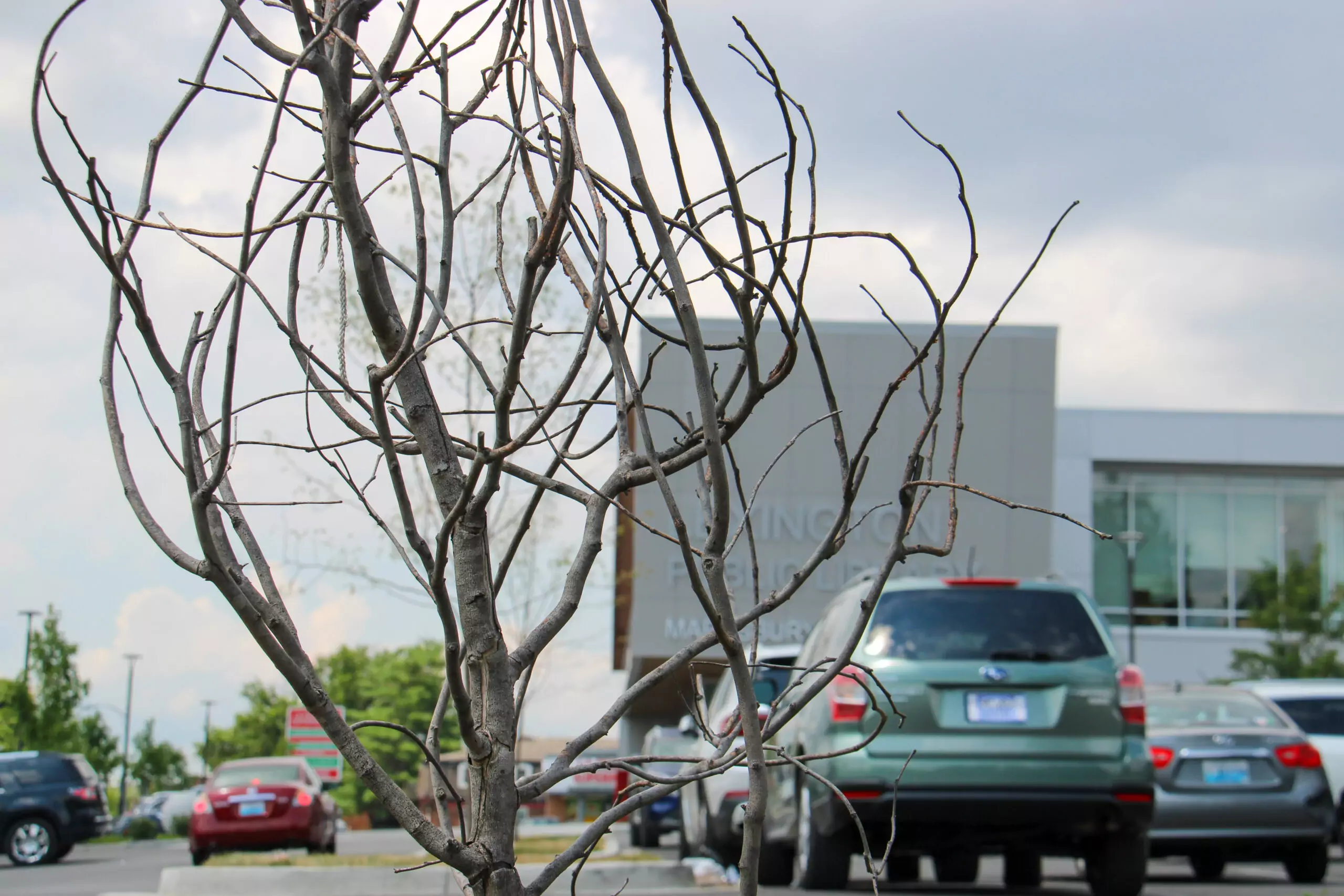City of Lexington Faces Criticism Over Neglected Tree Maintenance on Versailles Road

LEXINGTON, Ky. — Paula Singer, a long-time resident of the Versailles Road corridor, recently sent a scathing email to city officials, decrying the state of 26 dead and dying trees along the roadway. Singer says the trees, planted in 2021 as part of the Cardinal Valley Small Area Plan and the Versailles Road Streetscape Project Phase I, have been left unmaintained, prompting her to demand their removal.
“I have been asking for care of these trees since before they were planted in 2021,” Singer wrote. “Twenty-six city-planted dead and dying trees. Shameful. Save for a handful that have somehow managed to beat the odds, most of the other trees should also be removed.”


Heather Wilson, the city’s Urban Forestry Program Manager, acknowledged the problem in her response. “The removal and replacement of these trees are in our books and will happen as soon as is appropriate,” Wilson wrote. “We are working diligently through the proper measures, and I apologize if it does not seem as though things are moving along.”
Despite these assurances, Singer remains frustrated by what she sees as a lack of action and foresight. In an interview with The Lexington Times, she expressed her disillusionment with the city’s handling of the project.

“It’s just a frustrating experience because when we [created the] small area plan, we [had] great participation by neighborhood residents,” Singer said. “We were so hopeful. But it turned out to be just sort of pro forma business and nothing that was recommended by the small area plan, which by no means was perfect, has received genuine thoughtful follow-through.”
Singer criticized the city’s decision to allocate funds for decorative walls and benches, which included signs with names of champion thoroughbreds, rather than ensuring the maintenance of the trees. She described these additions as “ridiculous” and a misallocation of resources.
“They spent [public funds] on signs with horse names when that money could have been used to water and care for the trees,” Singer said.

Adding another layer to the discussion, urban ecologist Nachie Braga, owner of Geomancer Permaculture, offered a professional perspective on the challenges of urban tree planting. Braga emphasized that urban environments are inherently hostile to trees due to factors like soil compaction, lack of organic matter, and poor drainage.
“She’s claiming that 26 trees are dead. I would say she’s very low. That number is extremely low,” Braga said. “In fact, you could just about make the claim that every single one of those trees is dead. It just doesn’t know it yet.”

Braga explained that while the average lifespan of a street tree is less than 20 years, this can be extended with better practices. He praised a recent Zoning Ordinance Text Amendment (ZOTA) that addresses soil volume requirements for trees, although these standards were not applied to the Versailles Road project.
“The new ZOTA standards are a step in the right direction,” Braga said. “They ensure that trees have enough soil volume to establish healthy root systems, which is crucial for their long-term survival. Unfortunately, these standards came too late for the trees on Versailles Road.”
Street trees face numerous challenges that can significantly reduce their lifespan. “Urban environments present a hostile setting for trees due to compaction of the soil, lack of organic matter, poor drainage, and limited soil volume,” Braga explained. “These trees often suffer from physical damage caused by mowing equipment, insufficient watering, and competition with turfgrass, all of which can contribute to their premature decline.”
Braga also emphasized the importance of comprehensive planning and ongoing maintenance. “Planting trees is just the first step. Without proper care, including watering, mulching, and protecting trees from physical damage, even the best-planted trees won’t survive. It’s essential to integrate these practices into our urban forestry management,” he added.

Braga highlighted the challenges Lexington faces in achieving its urban forestry goals. “We’re just very under-resourced in terms of the aspirations of Lexington as a tree city,” he noted. He recommended replacing turfgrass with low-growing native ground covers to improve soil conditions and tree health, and advocated for planting smaller trees that can establish better root systems.
“People often want to see large, mature trees planted right away, but that’s not always the best approach,” Braga explained. “Smaller trees are actually more likely to survive and thrive in the long run because they can establish their root systems more effectively. Large trees, while impressive initially, can suffer from transplant shock and other issues that smaller, younger trees are better equipped to handle.”
The Lexington Times reached out to multiple city officials for comment but did not receive a response.

Recommended Posts

‘Unthinkable:’ Two workers die, others injured in Louisville industrial explosion
Wed, November 13, 2024
Beshear discusses NY Times op-ed, working with incoming Trump Administration
Wed, November 13, 2024